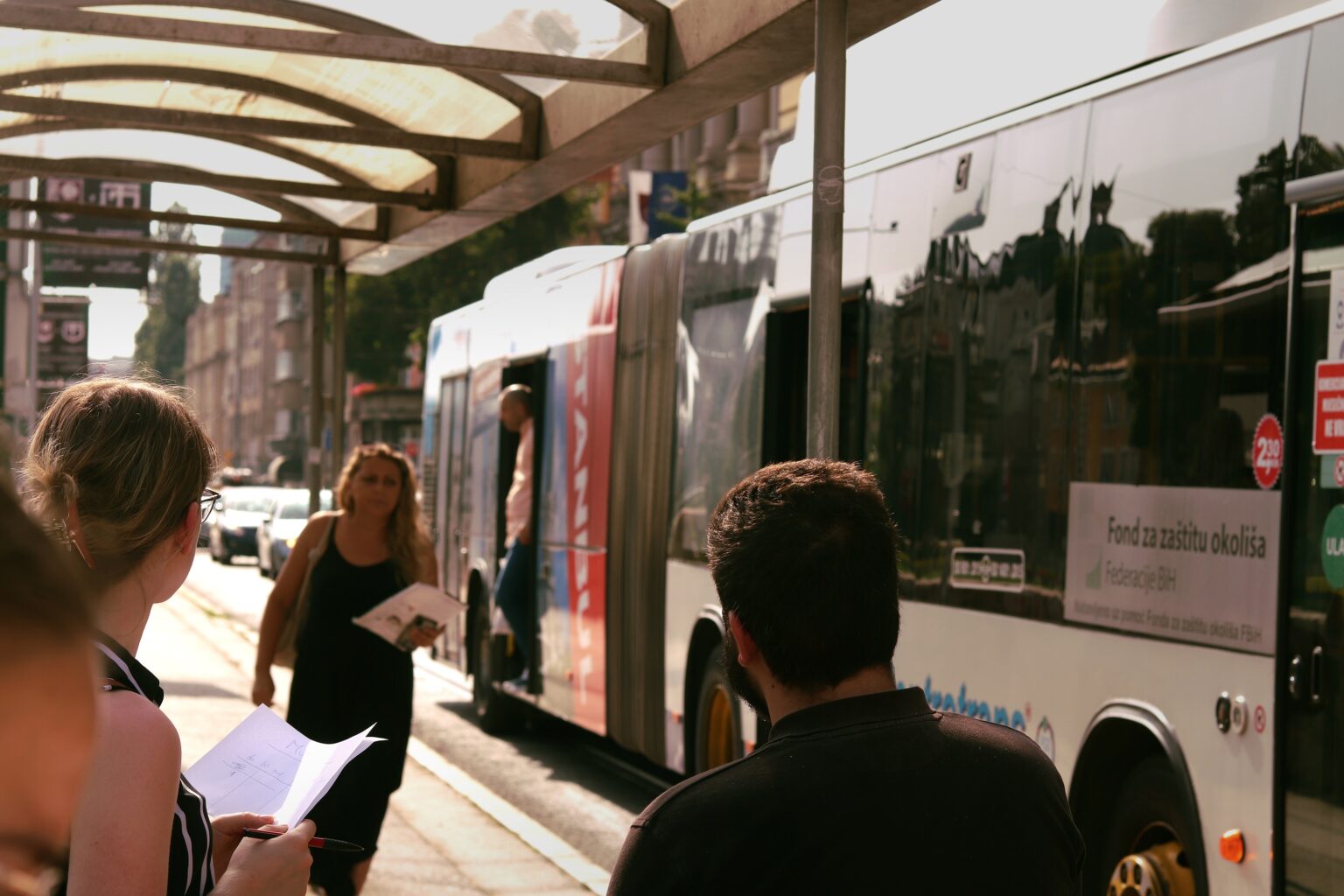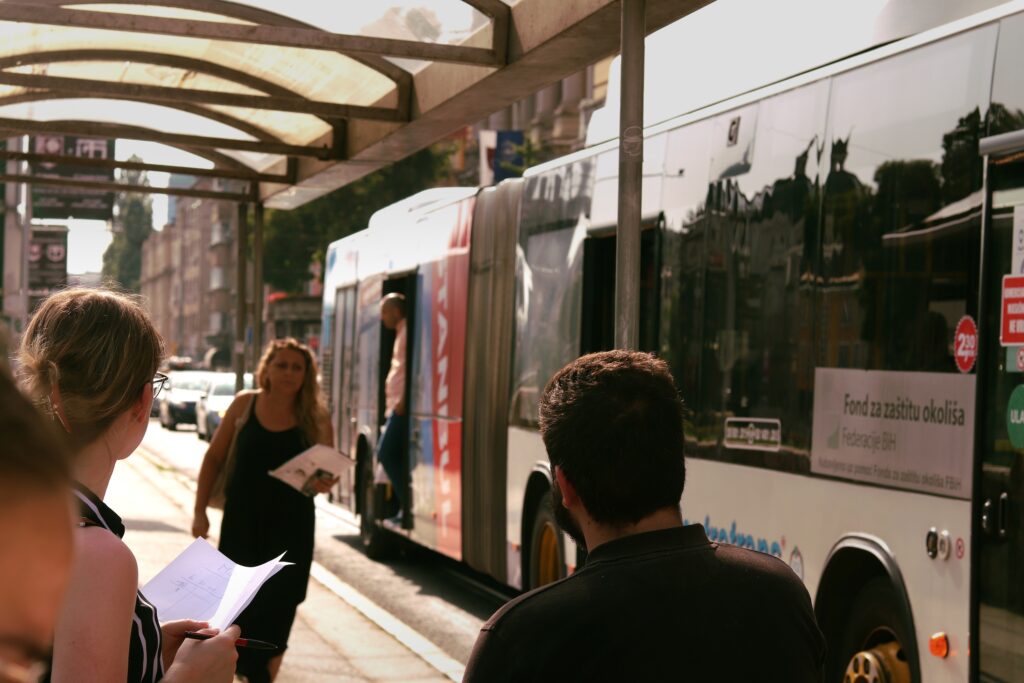Have you ever wondered or paid attention to how many women and how many men actually participate in daily traffic? Since 1966, when the first woman passed the driving test in Bosnia and Herzegovina, women have been active participants in traffic. Although in BiH we have more women than men, the fact is that more men are active drivers.
This was demonstrated by last year’s pilot count of traffic participants in Banja Luka, as well as this year’s, organized in Sarajevo.
Namely, the participants of the “Urban Mobility Summer School” organized by the Center for Environment, performed a 15-minute count of participants in Sarajevo traffic, which included drivers of cars, bicycles and scooters. This time, the “pilot observation” included the counting of users of public transport, which, in research conducted in Europe and the world, was recognized as a form of transport more often used by women.
The counting was done on July 19, 2023, in Kulina Bana Street in Sarajevo, during rush hour traffic, between 4:28 p.m. and 4:43 p.m.
In a period of 15 minutes in one direction, 207 male car drivers were recorded, against 45 female drivers, or 82% : 18%.
In the same interval, 7 male cyclists and 3 female cyclists were seen, as well as 9 male drivers of romobiles (4 under 30 and 5 over 30 years old) and 3 female drivers of romobiles (1 under 30 years old and 2 over 30 years old).
When it comes to public transport, more women than men were counted at the tram (bus) stop, and it was also observed that they were mainly people over 30 years old. A total of 18 women were recorded in public transport (15 of them over 30 years old) and a significantly smaller number of men, 8 of them (5 men over 30 years old).

As part of the Urban Mobility Summer School, the Helsinki Citizens’ Assembly Banja Luka held a lecture on “Gender and Urban Mobility”.
Read more about the travel habits of male and female drivers in Bosnia and Herzegovina in the analysis conducted by the Helsinki Citizens’ Assembly and the Center for Environment.
The text was written by: Ahira Mešić, participant of the “Urban Mobility Summer School”






